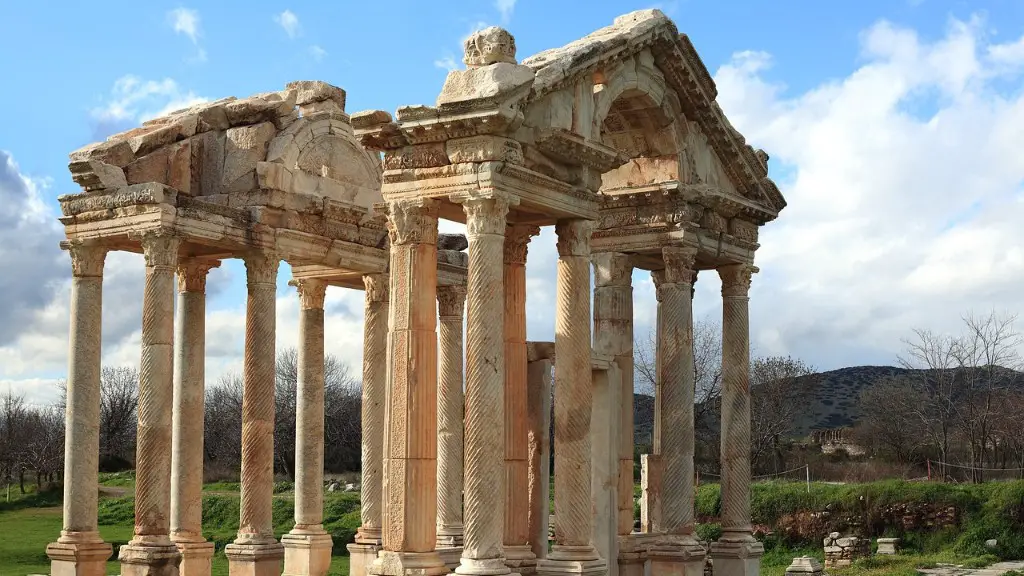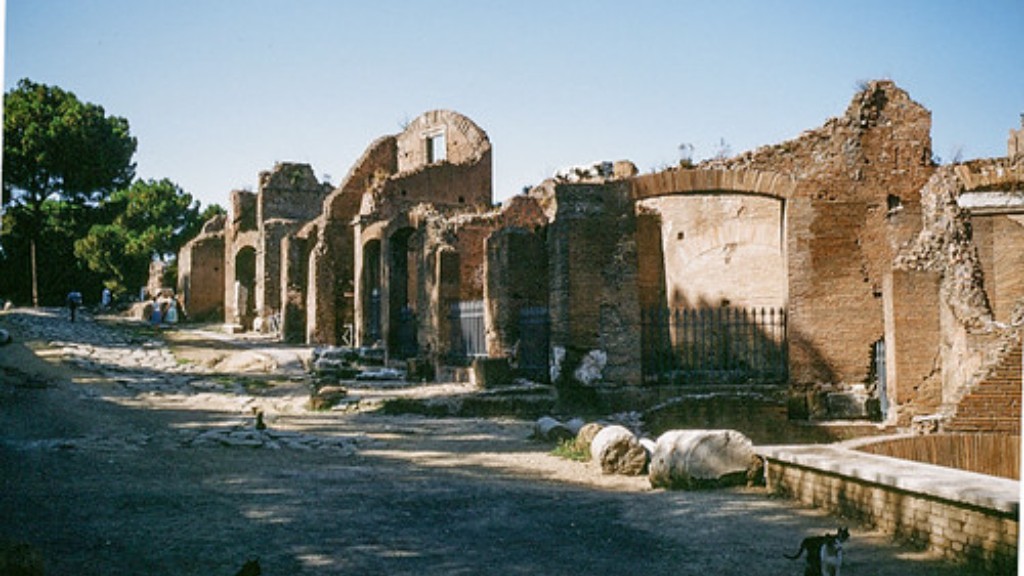Slaves in ancient Rome faced a difficult and often dangerous existence, but that doesn’t mean their labor wasn’t important in building and keeping the Roman empire functioning. Home life, public works, and politics were all made possible by the work performed by slaves in Rome.
According to historians, roughly one-third of the Roman population were slaves – though some estimates as high as one-half are frequently cited. Roman slaves were taken from all over the empire, but the most coveted and expensive were those taken during wars in Germany and northern Europe.
Domestic slaves within the households of Roman nobility mostly performed tasks like cooking, cleaning, child-rearing, laundering, hairdressing, and clothing making, and possibly even teaching. Slave physicians and midwives were highly valued due to their skill and knowledge of medical treatments. Other slaves, like those in the emperor’s court, formed a kind of personal retinue who waited on the emperor.
Beyond the domus, Roman slaves had a major presence in the fields and on farms. Under the direction of their owners, slaves were put to work in the many villas, farms and vineyards, tending animals and tilling the soil.
Roman slaves were a source of considerable economic value for their owners, both for their hard physical labor and for any skills they might possess. But slaves in Rome could also take part in activities from which free citizens were excluded. For example, since Roman law did not grant full citizenship to slaves, they were exempt from taking responsibility for public duties like military service. This made some Roman slaves even more valuable because it enabled them to focus solely on their work.
In addition, many skilled slaves bought or inherited their freedom (known as “manumission”). During this process, the former slave would make a vow to the goddess Juno to pay back the costs of manumission. Slaves could often acquire the funds to buy their freedom by their own success or through benefactors, often other slaves.
The slave-owner was also required to recall the terms of his slave’s emancipation and a record of the same was kept in the census bureau. Emancipation would also allow the former slave to carry out legal transactions like marriage, paying taxes and owning property. These properties were important for freedmen as it increased their financial independence.
Commercial activities
Slaves in Rome often found themselves part of commercial activities, with some specializing in selling services and goods directly to the public. Such slaves were often referred to as “luxury slaves” due to the fact that their labor and skills provided a high value service. The most highly skilled of these slaves were literate and were expected to be able to read and write, in addition to speaking several languages.
Many luxury slaves worked as merchants, moneylenders and bankers. They were often able to accumulate their own wealth and could even become their own masters. Slaves also worked in theaters and circuses, as innkeepers and cooks, as private tutors, as lawyers, and even as teachers.
Though luxury slaves were considered a status symbol of Roman wealth and sophistication, they were still considered inferior to citizens and easily found themselves in dangerous situations. There was a strict social hierarchy in which slaves were placed beneath all citizens, regardless of the value of their services.
Public works
Slaves were essential to the functioning of Rome and were put to work in public works. According to ancient sources, slaves were used for the building and maintenance of roads, bridges, aqueducts, and temples. They also worked in Roman mines and quarries, where dangerous conditions and hard labor were commonplace.
In addition, many slaves were recruited as gladiators. Gladiators were important to the Roman entertainment industry and were trained to fight each other in the arena for the amusement of the Roman people. It was a dangerous job, even for the most highly-trained gladiators.
The Roman people had a mixed attitude towards the role played by slaves in Rome, particularly those employed in public works such as building and maintenance. While they were respected for their contribution to the Roman economy, they were not seen as full citizens with rights and freedoms that citizens might enjoy.
Work conditions
Slaves in Rome were subject to a strict set of rules. These included restrictions on work hours, rest days, punishment, and even provisions regarding lodging and food. Slaves were not permitted to leave their master’s property without permission and could not marry without approval.
Slaves were also subject to harsh punishments, ranging from physical beatings to execution. On the other hand, highly valued slaves could benefit from preferential treatment and even monetary rewards from their masters.
The life of a Roman slave was far from easy. Despite their contributions to Roman life and culture, they were still treated as property and were not given the same rights and privileges as citizens.
Overall conclusion
Despite the difficult nature of their existence, slaves had an important role to play in the Roman empire. Slaves were essential for virtually every aspect of Roman life, from domestic activities and public works to economic and social contributions. While the life of a slave was not an easy one, many of them worked hard and were rewarded by their owners or even bought their freedom. Slaves were essential to the functioning of Rome, and their contribution to the success of the Roman empire should not be underestimated.




